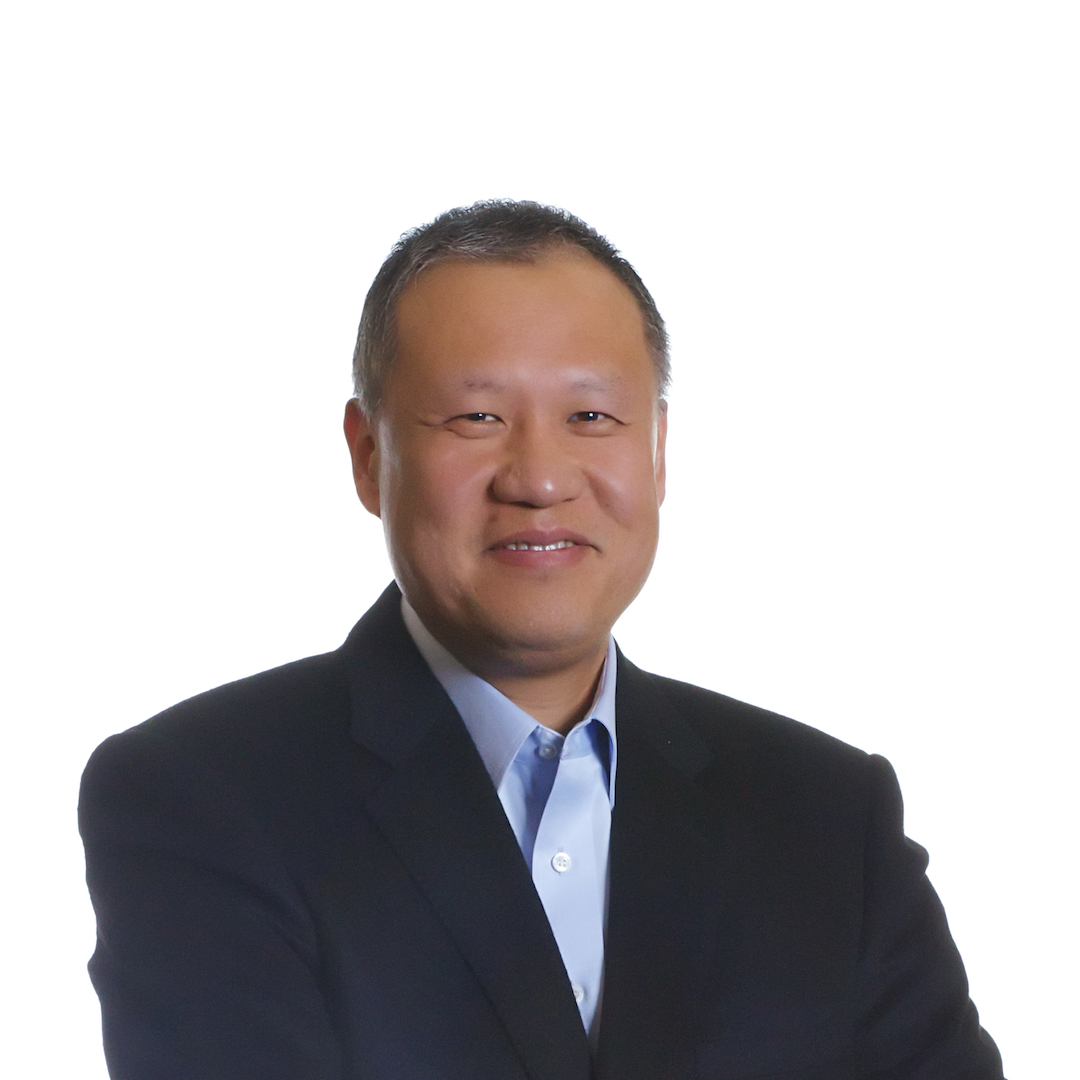Fortinet has unveiled its Security Fabric, an architecture designed to deliver distributed security for global enterprises providing protections against threats from IoT and remote devices, through the infrastructure core, and into the cloud.
“Pervasive digitisation continues to redefine business, while technology trends like IoT and cloud computing are blurring the edges of the network today. Unfortunately, many enterprises continue to rely on security strategies developed decades ago that can no longer support the ever-increasing speed of business,” says Ken Xie, Founder, Chairman of the Board and Chief Executive Officer of Fortinet. “Unlike platforms loosely coupled at the management level, the security fabric weaves together highly sophisticated hardware and software, enabling direct communication between solutions for a unified and rapid response to threats. Fortinet is committed to delivering security without compromise. With its Security Fabric, Fortinet is the only vendor to be able to provide its customers with seamless protection across the expanding attack surface, and, the power to take on ever increasing performance requirements of the borderless network – today and into the future”
- Fortinet has also launched its latest FortiGate 6000E and 2000E series enterprise firewalls powered by FortiASIC CP9 content processor.
- New enhancements to the Fortinet Advanced Threat Protection (ATP) framework enable dynamic generation of local threat intelligence and automated response coupled with new FortiGuard services for global threat intelligence protections.
- Fortinet also announces a new technology alliance with the Carbon Black Security Platform.
Today’s digital economy connects more users, devices, applications, and data than ever before to drive business value. Billions of new IP-enabled, non-user IoT devices are transmitting vast amounts of data traversing wired and wireless access points, through both public and private networks, and across traditional and cloud infrastructures. To successfully compete in this new digital economy, organisations need to implement a tightly coordinated security strategy that can see and govern this data across an entire borderless network without compromising agility or performance.
To address the challenges brought on by the digital economy and subsequent evolving enterprise IT infrastructure, Fortinet’s Security Fabric brings traditionally autonomous systems together into a single architecture, designed with five critical and interdependent attributes – scalability, awareness, security, actionable, and open.
In order to detect, let alone stop threats in today’s borderless networks, a Security Fabric not only needs to be able to dynamically scale to meet volume and performance demands, it needs to scale laterally for seamless, ubiquitous protection. Fortinet’s security technologies offer solutions that cover every inch of the infrastructure, including wired and wireless networks, end user and IoT devices, access layers, public to hybrid cloud models, software-defined networks, and virtualisation.
Fortinet’s scalability across the infrastructure lays the groundwork for the second fundamental attribute of the Security Fabric: awareness. Operating as a single entity, the Fabric delivers complete awareness across devices, users, content, and data flowing into and out of the network, as well as insight into traffic patterns.
Universal visibility into the infrastructure is critical to the security required in today’s evolving threat landscape. Acting as a single-pane-of-glass for Fortinet’s Security Fabric is the security operating system, FortiOS. Technologies like Fortinet’s Advanced Threat Protection Framework conduct deep inspection of traffic, generating local threat intelligence and transmitting data to FortiGuard Labs to automatically propagate real-time updates to the entire system. This breadth of intel coupled with sophisticated, scalable, and rapid analytics, provides an actionable security architecture with the capability to rapidly detect and mitigate threats wherever they occur.
Ensuring that enterprise customers can maximise their existing infrastructure and security investments, its Security Fabric is designed to integrate with a vast ecosystem of third-party solution providers. Fortinet works closely with its Global Alliance Partners, as well as the industry, to develop open APIs across the entire fabric, giving enterprises the flexibility to deploy Fortinet solutions alongside existing or new security technologies for integrated protection. Most recently, Fortinet has partnered with Carbon Black to provide enterprise customers with security automation, intelligence, and control through integration with the ATP Framework.
Click below to share this article

